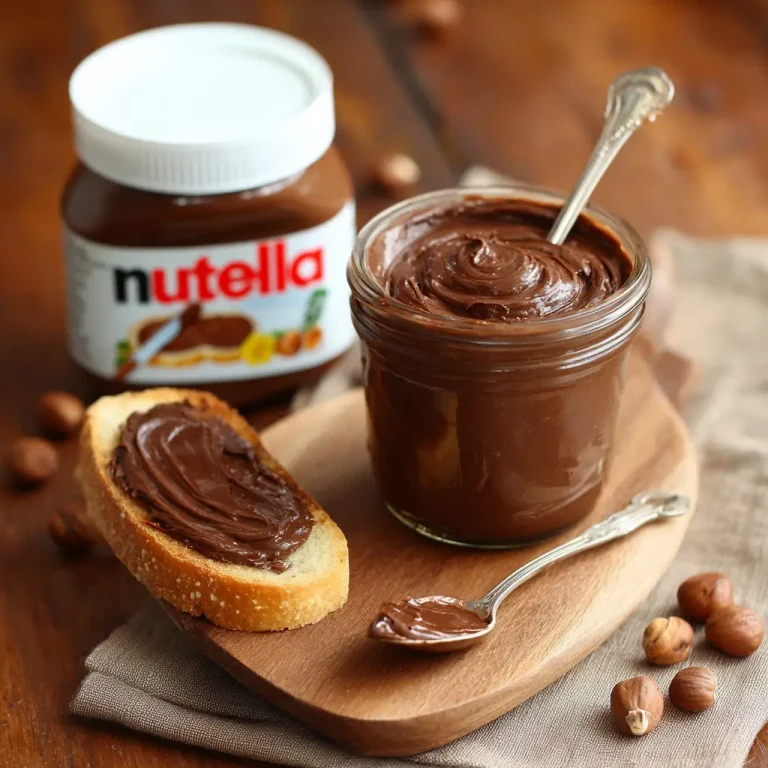Mango Sago Recipe: Creamy, Refreshing, and Easy Homemade Dessert
Introduction
Creating mango sago at home allows for flexibility in sweetness, richness, and presentation. Homemade versions often taste fresher and more vibrant than store-bought alternatives. The process is surprisingly straightforward, yet it yields a dessert that can easily impress guests at a dinner party or serve as a comforting treat for family gatherings. Mango sago also pairs well with other fruits and ingredients, which makes it an adaptable dessert suitable for experimentation.

Ingredients Needed
The ingredients for mango sago are simple and commonly available. Using fresh, ripe mangoes will make the dessert truly stand out. Here is a detailed list with approximate calorie counts for each ingredient:
| Ingredient | Quantity | Approximate Calories |
|---|---|---|
| Ripe mango | 2 medium | 200 |
| Sago pearls | 1/2 cup | 200 |
| Coconut milk | 1 cup | 450 |
| Condensed milk | 1/4 cup | 130 |
| Sugar | 2 tablespoons | 100 |
| Water | 4 cups | 0 |
| Mint leaves (optional) | For garnish | 0 |
The ingredients can be adjusted according to personal preference. Some prefer using heavy cream instead of coconut milk for a richer flavor, while others reduce sugar to keep the dessert light.
Step-by-Step Cooking Instructions
- Prepare the Sago Pearls
Start by rinsing the sago pearls under cold water to remove any surface starch. Bring four cups of water to a boil in a medium-sized pot. Add the sago pearls gradually while stirring to prevent clumping. Cook on medium heat for 10 to 15 minutes, stirring occasionally until the pearls turn translucent with a small white center. - Rinse and Drain
Once cooked, drain the sago pearls and rinse them under cold running water. This stops the cooking process and prevents them from sticking together. Set aside in a bowl. - Prepare the Mangoes
Peel and chop the mangoes into small cubes. Reserve one or two cubes for garnish. Blend the remaining mangoes into a smooth puree.You can also explore Mini Easter Egg Cheesecake_ for a unique twist. - Mix Coconut Milk and Sweetener
In a separate bowl, combine coconut milk and condensed milk. Stir until the mixture is smooth. Taste and add sugar if additional sweetness is desired. - Combine Ingredients
Gently fold the sago pearls into the mango puree. Slowly add the coconut milk mixture and mix until evenly combined. The result should be creamy, smooth, and lightly sweet with small chewy pearls dispersed throughout. - Chill Before Serving
Cover the mango sago and refrigerate for at least one hour. Chilling enhances the flavors and gives the dessert a refreshing quality. - Serve
Spoon the mango sago into individual bowls. Garnish with reserved mango cubes and mint leaves for an added pop of color and flavor.

Tips for Customizing the Recipe
Mango sago is versatile, allowing room for creativity and personal touches. Adding a splash of vanilla extract or a pinch of salt can deepen the flavors. Some variations include mixing in other tropical fruits such as papaya, passionfruit, or lychee. For a more indulgent version, substitute part of the coconut milk with heavy cream or sweetened condensed milk.
Texture can also be adjusted. Cooking the sago pearls slightly longer creates a softer, almost pudding-like texture, while a shorter cooking time gives a firmer bite. Another idea is layering the mango sago in glasses, alternating with whipped cream or crushed cookies, creating a visually appealing dessert parfait.
For those monitoring sugar intake, honey or agave syrup can replace condensed milk. Vegan variations work well with plant-based condensed milk or coconut cream. Temperature is another customizable factor. Some enjoy mango sago slightly chilled, while others prefer it very cold with ice cubes mixed in, especially during summer.

Nutritional Information
Mango sago combines the nutritional benefits of mangoes and coconut milk with the energy-providing qualities of sago. Mangoes are rich in vitamin C, vitamin A, and dietary fiber, which supports immunity, vision, and digestion. Coconut milk contributes healthy fats and a creamy texture, though it is calorie-dense, so portion control is important for calorie-conscious individuals.
Here is an estimated nutritional breakdown for one serving (approximately 1 cup):
This dessert provides a quick energy boost and offers essential vitamins and minerals, making it a better alternative to many heavily processed sweets.
Serving Suggestions
Mango sago is best served chilled. Presenting it in transparent glasses highlights its vibrant yellow hue and chewy sago pearls, making it visually appealing. Adding fresh mint leaves, a few extra mango cubes, or even edible flowers elevates the presentation.
Pairing mango sago with light teas, such as jasmine or green tea, balances the sweetness and enhances the overall dining experience. It also complements tropical brunches or buffet-style meals. For a more indulgent treat, top with a drizzle of coconut cream or a sprinkle of toasted coconut flakes for added texture.
Mango sago can also be served as a refreshing snack between meals or as a light dessert following heavier dishes. It travels well in airtight containers, making it suitable for picnics or potlucks.
Mango Sago Recipe: Creamy, Refreshing, and Easy Homemade Dessert
Course: Blog4
servings15
minutes20
minutes270–300
kcalIngredients
2 medium ripe mangoes (200 calories)
1/2 cup sago pearls (200 calories)
1 cup coconut milk (450 calories)
1/4 cup condensed milk (130 calories)
2 tablespoons sugar (100 calories, optional)
4 cups water
Mint leaves for garnish (optional
Directions
- Cook the Sago Pearls: Rinse sago pearls under cold water. Boil 4 cups of water in a pot, add sago gradually, and stir to prevent sticking. Cook for 10–15 minutes until translucent with a small white center.
- Rinse and Drain: Drain the cooked sago pearls and rinse under cold water. Set aside.
- Prepare Mangoes: Peel and dice the mangoes. Reserve a few cubes for garnish. Blend the rest into a smooth puree.
Recipe Video
Notes
- Use fresh, ripe mangoes for the best flavor.
Adjust sugar according to taste or substitute with honey or agave syrup.
Sago pearls can be replaced with small tapioca pearls if unavailable.
Frequently Asked Questions
What is the difference between sago and tapioca?
Sago comes from the pith of tropical palm stems, while tapioca is made from cassava root. Both look similar when cooked and can often be used interchangeably in desserts.
Can I use canned mango instead of fresh mango?
Yes, canned mango can be used, but fresh mango offers better flavor, color, and aroma. Avoid syrup-packed canned mangoes to prevent excessive sweetness.
How long can mango sago be stored?
Refrigerated mango sago can last up to two days. Beyond that, the sago pearls may lose their chewy texture, and the flavor may diminish.
Can I make mango sago vegan?
Absolutely. Use coconut milk, plant-based condensed milk, or a sweetener like agave syrup. Ensure no dairy is used in any other additions.
Can mango sago be frozen?
Freezing is not recommended, as sago pearls may become hard or gelatinous once thawed. Chilling in the refrigerator is ideal.
Conclusion
Mango sago is more than just a dessert. It represents a balance of texture, flavor, and visual appeal that excites the senses with every bite. Its simplicity allows for creativity, while its naturally refreshing qualities make it suitable for any season. Preparing mango sago at home ensures freshness and lets every cook adjust sweetness, creaminess, and texture to their liking.







